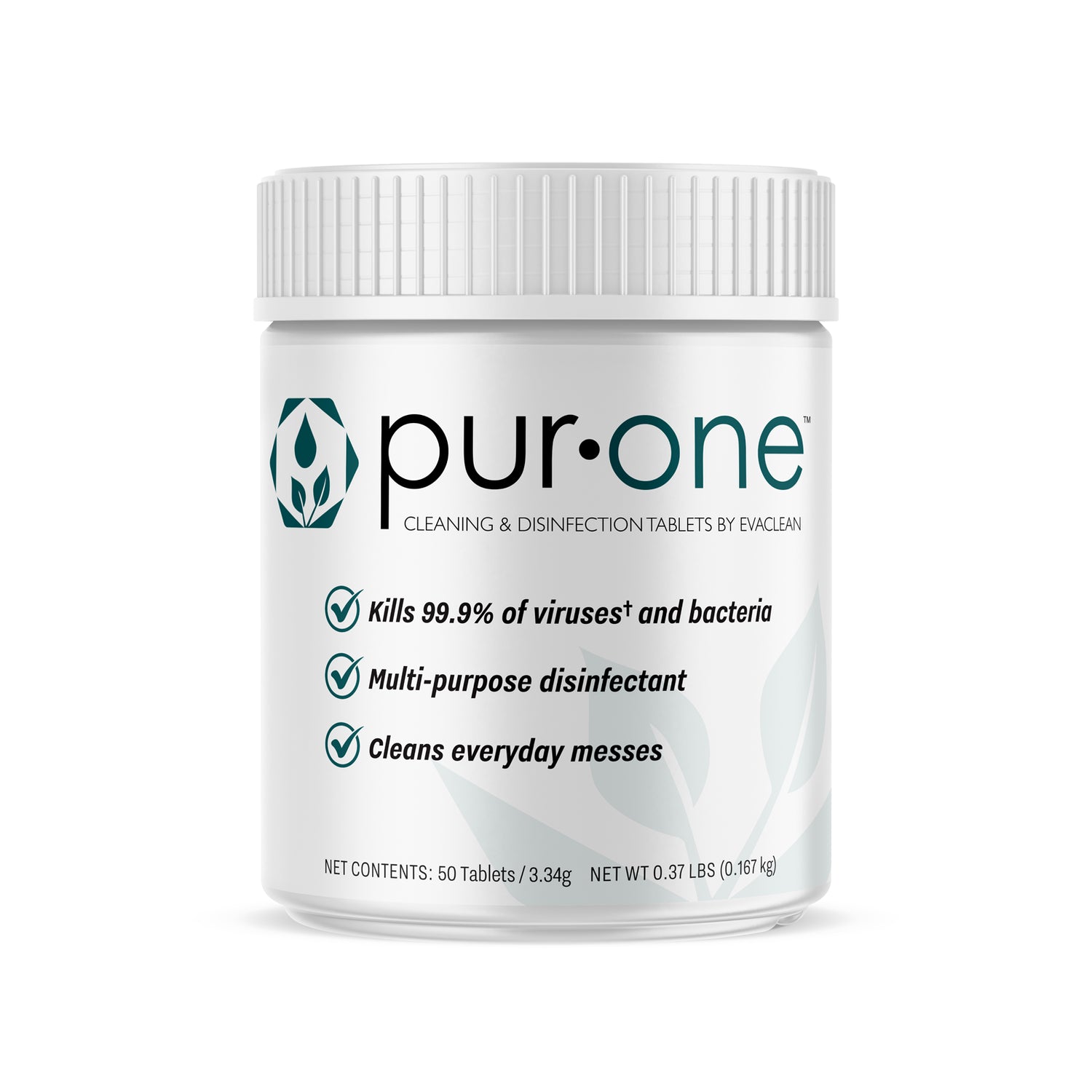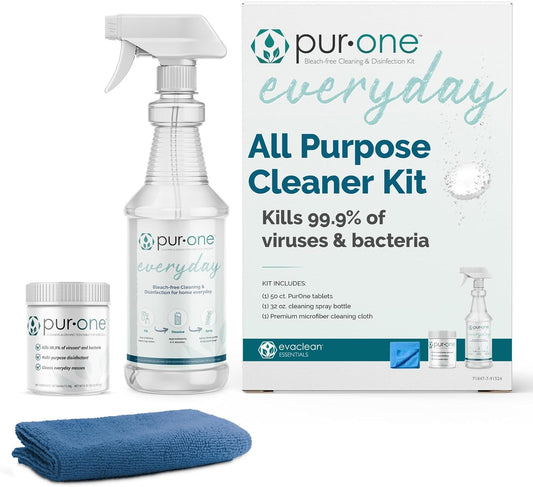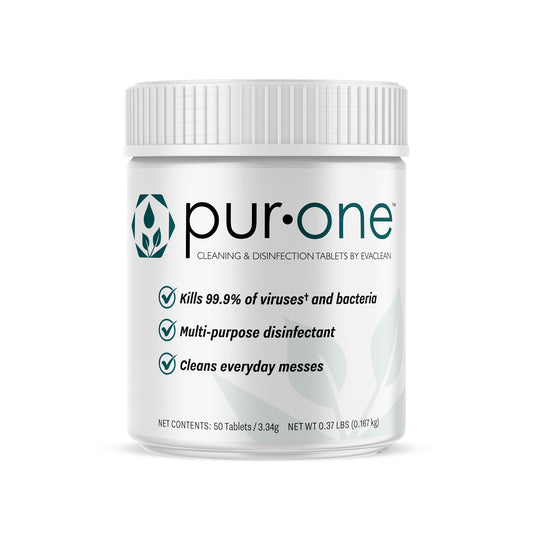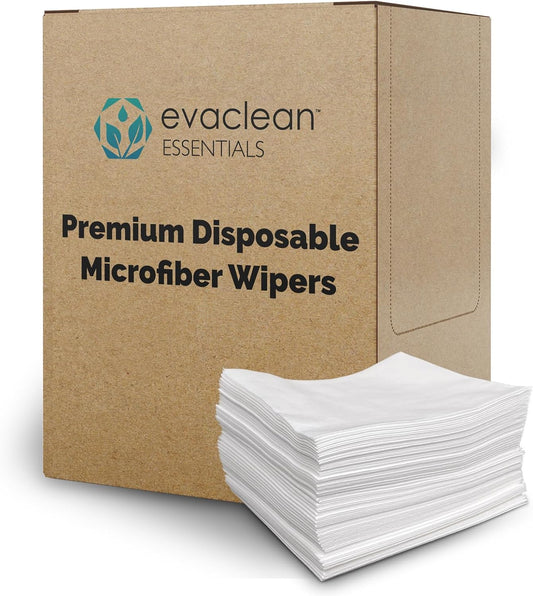The debate between using Hypochlorous Acid (HOCL) and traditional bleach (sodium hypochlorite) for cleaning and disinfecting surfaces has gained attention, with a growing preference for HOCL. Here are the top five reasons why HOCL is often considered a better option than bleach:
1. Safety
- HOCL: Non-toxic and safe for humans and animals; no protective gear needed.
- Bleach: Can cause skin irritation, respiratory issues, and poses health risks with exposure.
2. Residue
- HOCL: Leaves no harmful residues, eliminating the need for rinsing and reducing water use.
- Bleach: Can leave chemical traces that require additional cleaning steps.
3. Efficacy
- HOCL: Effective against a wider range of microorganisms, including bacteria, viruses, fungi, and spores, without needing high concentrations.
- Bleach: Effective but may require stronger concentrations for some pathogens, with potential safety and material compatibility concerns.
4. Environmental Impact
- HOCL: Breaks down into harmless substances (water and salt), minimizing environmental impact.
- Bleach: Breakdown products can include environmentally harmful chlorinated compounds.
5. Material Compatibility
- HOCL: Less corrosive, safe for various materials including metals, plastics, and fabrics.
- Bleach: More corrosive, potentially damaging to surfaces and equipment, leading to higher maintenance costs.
HOCL offers significant advantages over bleach, including safety, effectiveness, and environmental compatibility. Its broad-spectrum antimicrobial activity, coupled with its non-toxic nature and less corrosive properties, makes it suitable for a wide range of applications. Transitioning to HOCL can help ensure effective disinfection while minimizing health and environmental risks.






